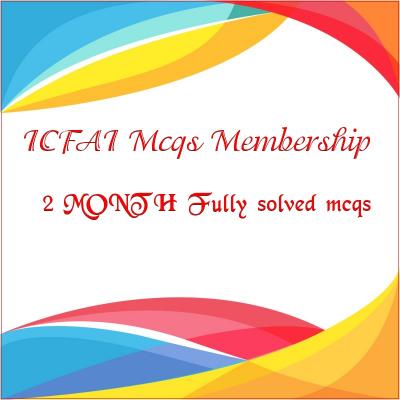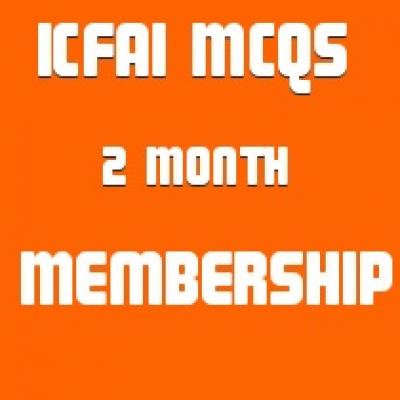PURCHASE MANAGEMENT
Price:
Rs500
CASE 2
Bryan Janz was just arriving back from lunch when his office phone rang. It was his wife, Nina, calling from home. Nina told Bryan that FedEx had just delivered a package addressed to her. The package contained a beautiful clock now sitting over the fireplace. In fact, Nina said, “the clock looks absolutely beautiful on our living room fireplace”. Thinking the clock was from a family member, Bryan asked who sent the present. She said she did not recognize the name—the clock was from Mr. James McEnroe. Bryan immediately told Nina that she had to repack the clock because it was from a supplier who has been trying to win business from Bryan’s company. They definitely could not accept the clock. Nina was very upset, and responded that the clock was perfect for the room and, besides, the clock came to their home, not to Bryan’s office. Because of Nina’s attachment to the clock, Bryan was unsure about what to do.
Questions:
-
What should Bryan do about the clock?
-
What does the Institute of Supply Management (formerly the NAPM) code of ethics say about accepting supplier favors and gifts?
-
Why do you think the supplier sent the clock to Bryan’s home and addressed it to his wife?
-
Does the mere act of sending the clock to Bryan mean that Mr. McEnroe is an unethical Salesperson?
1. Case study solved answers
2. pdf/word
3. Fully Solved with answers







